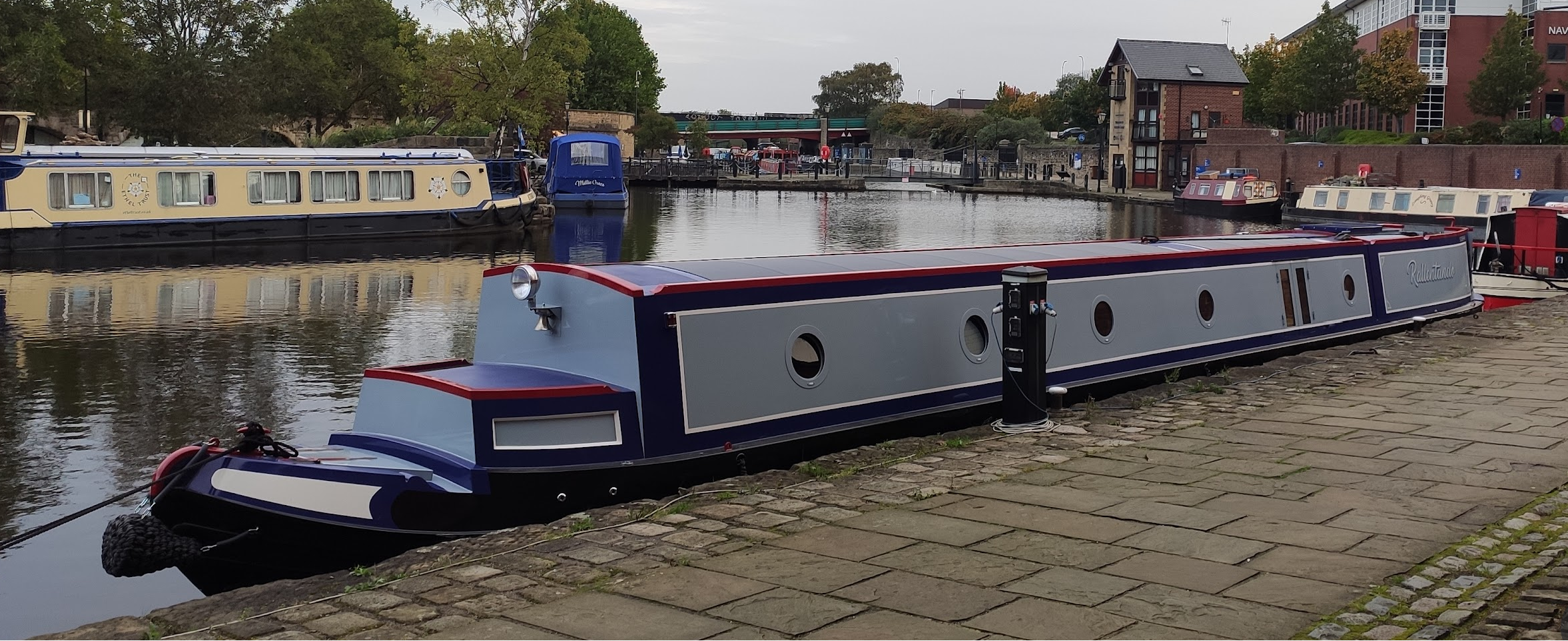I've only ever used the internal antennae when setting up, all I know is that it works very well with external ones. One reason may be that the NR5013E has 4 wideband internal antennae (according to the spec), which is why it works properly on all bands with a 4x4 MIMO external antenna. Other routers have multiple internal antennae tailored to different bands which may have more gain, but makes using external antennae a PITA -- as described earlier...
Which shows absolutely nothing about how good the router is at aggregation... 😉
For the benefit of others -- since I'm sure you're aware of it! -- the 5G network in the UK is almost entirely "NSA" (Non Stand Alone), which means that call setup and control and cell handover is done via a 4G connection, and then 5G is used for data transfer if it's available. That means the 5G routers have to be able to do simultaneous TX/RX on multiple 4G+5G channels to work at all, which means they have more parallel datapaths internally, which means they can (almost always!) aggregate more channels than 4G routers -- so even when only 4G is available they tend to give higher data rates where these channels are available. And of course when 5G is available they also usually give higher data rates, though not always in both directions. Many 5G routers are also 4x4 MIMO, most 4G ones are 2x2 MIMO, which can also increase data rate in many cases.
So in many cases a newer 5G router (especially 4x4 MIMO -- with suitable antenna!) will give higher data rate than an older 4G router, and better carrier aggregation is one possible reason. Not always, but often. Lots of test data out there to show this... 😉






